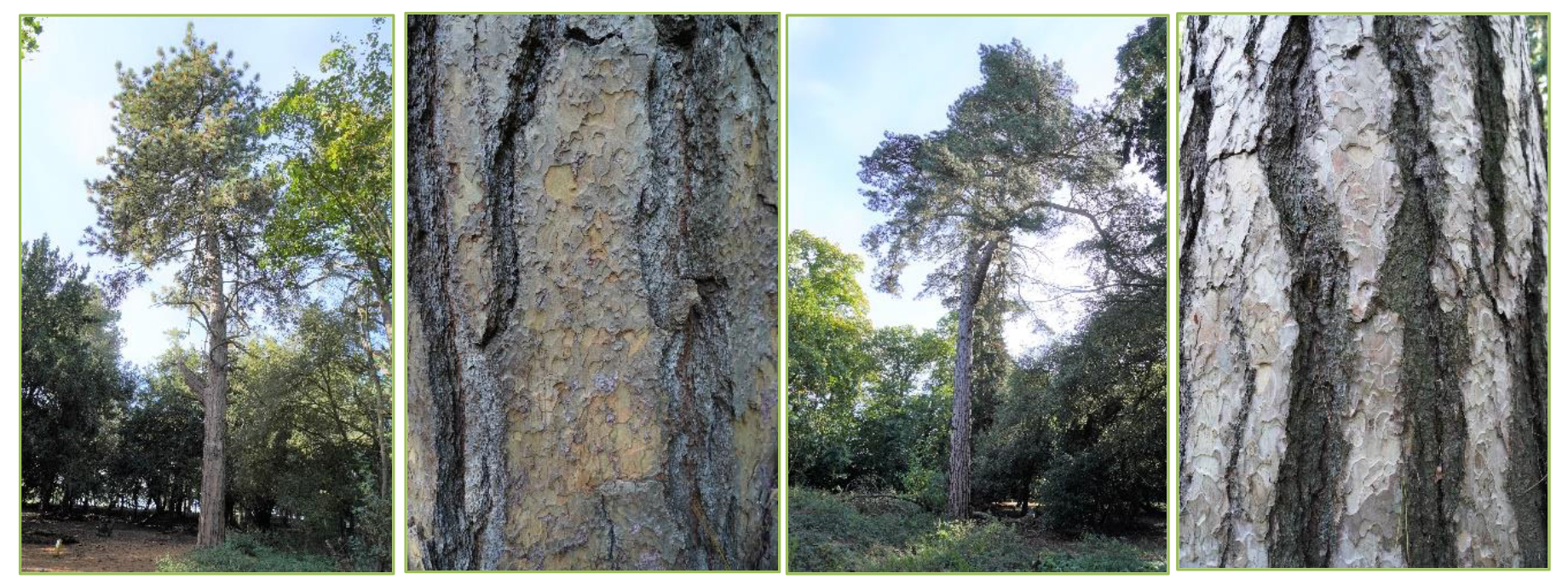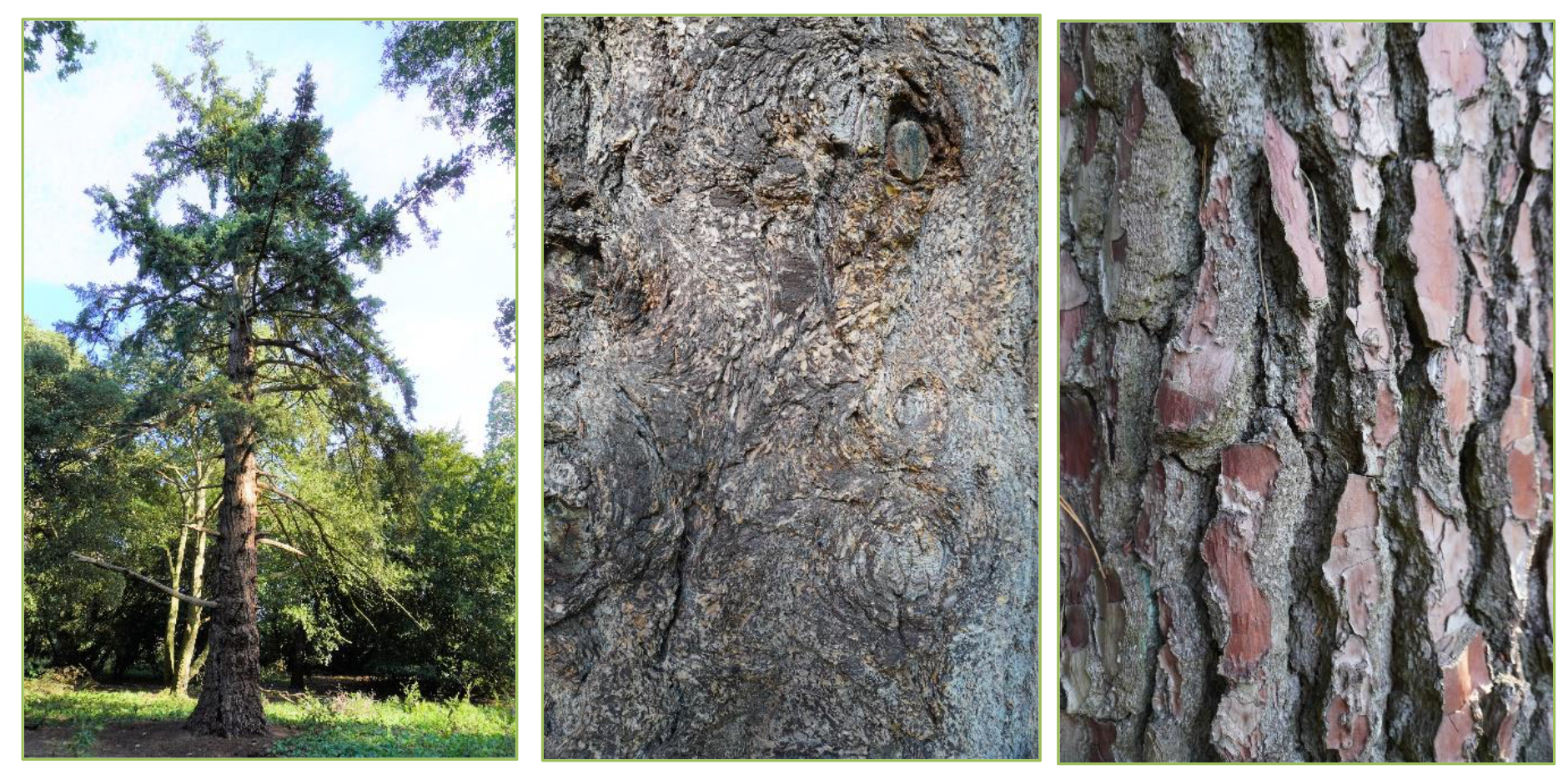The Victorian Pinetum, Flitwick Manor Park



Greensand Country Heritage Trees
You have just entered one of the most remarkable collections of exotic trees in the county. A pinetum (pie-nee-tum) was the name given to the Victorian gardens planted with the latest coniferous trees being introduced for the first time into Britain by the great plant collectors in the 1800’s. Many were pines but they included any cone bearing trees, such as firs, cedars, junipers and the deciduous (non-evergreen) larch. This pinetum at Flitwick Manor was created by John Thomas Brooks (1794-1858), who was keen to show off these newly discovered trees to their best effect. It was one of the first to be created in Britain.
The pinetum was sheltered from cold winds by planting evergreen shrubs and trees around the outside. This was with holly, laurel, yew and Holm oak you see today and which has naturally regenerated throughout this woodland. But, in the 1830’s this would have would have been a very formal, neatly maintained area. The double-avenue of Sweet chestnut, planted in 1831, created a winding entrance to the Manor that lead visitors through the newly planted pinetum which was added to and extended until Brooks’ death in 1858. The Giant sequoia (redwood) trees in the lower part were some of the last trees he planted, never to see them reach maturity.
Brooks’ diary entries recorded the specific planting of several trees, including the Ponderosa pine (Pinus ponderosa) which is the first large tree in front and to the righthand side. The colour of its bark gives us its common name of Western yellow pine and it was first collected on the west side of North America by David Douglas, who introduced seed to Britain, via Scotland, in 1826. This must be one of the very first young trees grown in Britain. Whether Brooks subscribed to support Douglas’ expedition or specific tree nurseries, is unknown but he was clearly corresponding with people who were. One such person, who stayed more than once at Flitwick Manor, was John Claudius Loudon who, in 1838, published his best known work; Arboretum et fruticetum britannicum or, The trees and shrubs of Britain.
To your left is a Corsican pine (Pinus nigra subsp. laricio) another early planting in the pinetum but a tree that had already proved itself, being introduced from Italy and Corsica in 1759. This tree tolerates sandy soil and cold winds and so is perfect for Bedfordshire’s greensand and why Brooks also used this as another tree to shelter other species that he thought may be less hardy.
If you proceed along the path you will shortly come to a knobbly, gnarled brown-barked tree. This is another David Douglas introduction from west North America and the tree that bears his name, the Douglas fir (Pseudotsuga menziesii). The botanical species name menziesii acknowledges Archibald Menzies who first discovered the tree in about 1792. If you look carefully, you can make out where this tree has been struck by lightning with damage in the upper crown splitting the bark right to the ground. This is not surprising as the Douglas fir quickly becomes the tallest tree around and is currently the tallest tree species in Britain having reached over 67m in height. Despite this damage this tree is also the fattest specimen in Bedfordshire, although they have reached twice this size in more favourable parts of Britain.
So, spare a thought for David Douglas who brought us these two great trees and who lost his life tragically whilst plant hunting in Hawaii, allegedly falling into a pit-trap and mauled to death by a bull that was already in it, although circumstantial evidence suggests he may have been murdered!
The Heritage Tree post has been installed with kind permission of Flitwick Town Council.

































